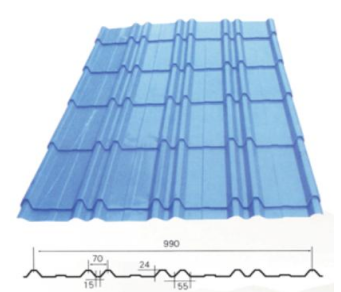
The Evolution and Importance of Automatic Thread Rolling Machines in Manufacturing
In the ever-evolving landscape of manufacturing, the precision and efficiency of machinery play a pivotal role in ensuring quality and productivity. Among the myriad of machines that contribute to this efficiency, automatic thread rolling machines have emerged as a significant innovation. These machines, designed to produce high-quality threads with remarkable speed and accuracy, are essential in a variety of industries, including automotive, aerospace, and construction.
Thread rolling is a process in which a cylindrical blank is transformed into a threaded component by hardening the surface and displacing material rather than cutting it. This method provides various advantages, particularly in terms of mechanical properties and production efficiency. The use of automatic thread rolling machines takes this process a step further by automating the entire operation, thereby minimizing human intervention and maximizing output.
The Benefits of Automatic Thread Rolling Machines
One of the most compelling advantages of using automatic thread rolling machines is their ability to produce threads with enhanced strength. Traditional thread cutting methods remove material, which can weaken the metal's structure. In contrast, thread rolling compresses the material, increasing its density and structural integrity. This results in products that can withstand higher loads and stresses, making them ideal for critical applications.
Additionally, automatic machines deliver superior accuracy and uniformity. With advanced computer numerical control (CNC) technology, these machines can produce thousands of identical components with minimal variance. This consistency is crucial in industries where precision is paramount, such as in aerospace components that must adhere to strict safety regulations.
The speed at which automatic thread rolling machines operate is another significant advantage. These machines can produce threaded components much faster than traditional methods. This increased throughput is vital for manufacturers looking to meet tight production schedules while keeping costs down. Furthermore, the automated nature of these machines reduces the need for extensive labor, allowing companies to allocate human resources to other critical areas of their operations.
Sustainability and Economic Impact

The adoption of automatic thread rolling machines also aligns with sustainability efforts in manufacturing. By utilizing material more efficiently and reducing waste, these machines contribute to environmentally responsible production practices. Given the growing emphasis on sustainability, businesses that prioritize efficient, low-waste processes gain a competitive edge in the market.
The economic impact of these machines cannot be overstated. As manufacturers transition to automatic thread rolling systems, they experience significant cost savings over time. The reduced need for labor and lower material waste translate into lower operational costs. Additionally, the enhanced quality and durability of produced components can lead to fewer returns and warranty claims, further improving the bottom line.
Training and Implementation Challenges
While the advantages of automatic thread rolling machines are clear, the transition to such technology does pose certain challenges. The initial investment can be substantial, and manufacturers must ensure that their workforce is adequately trained to operate and maintain the new machines. Proper training programs are essential to maximize the benefits of these machines, ensuring that employees are proficient in their operation and that production runs smoothly.
Furthermore, businesses must also consider the implications of integrating these machines into their existing workflows. This often requires a reevaluation of production processes and adjustments to accommodate the new machinery. Companies that successfully navigate these changes can reap significant rewards in terms of efficiency and quality.
Conclusion
In conclusion, automatic thread rolling machines represent a monumental advancement in manufacturing technology. Their ability to produce high-strength, precise, and uniform threaded components efficiently positions them as a crucial asset across various industries. As manufacturers continue to embrace automation, the benefits of incorporating these machines into production lines will likely drive further innovations and improvements in manufacturing processes. Ultimately, the integration of automatic thread rolling machines not only enhances operational efficiency but also supports the broader goals of sustainability and economic viability in the competitive world of manufacturing.